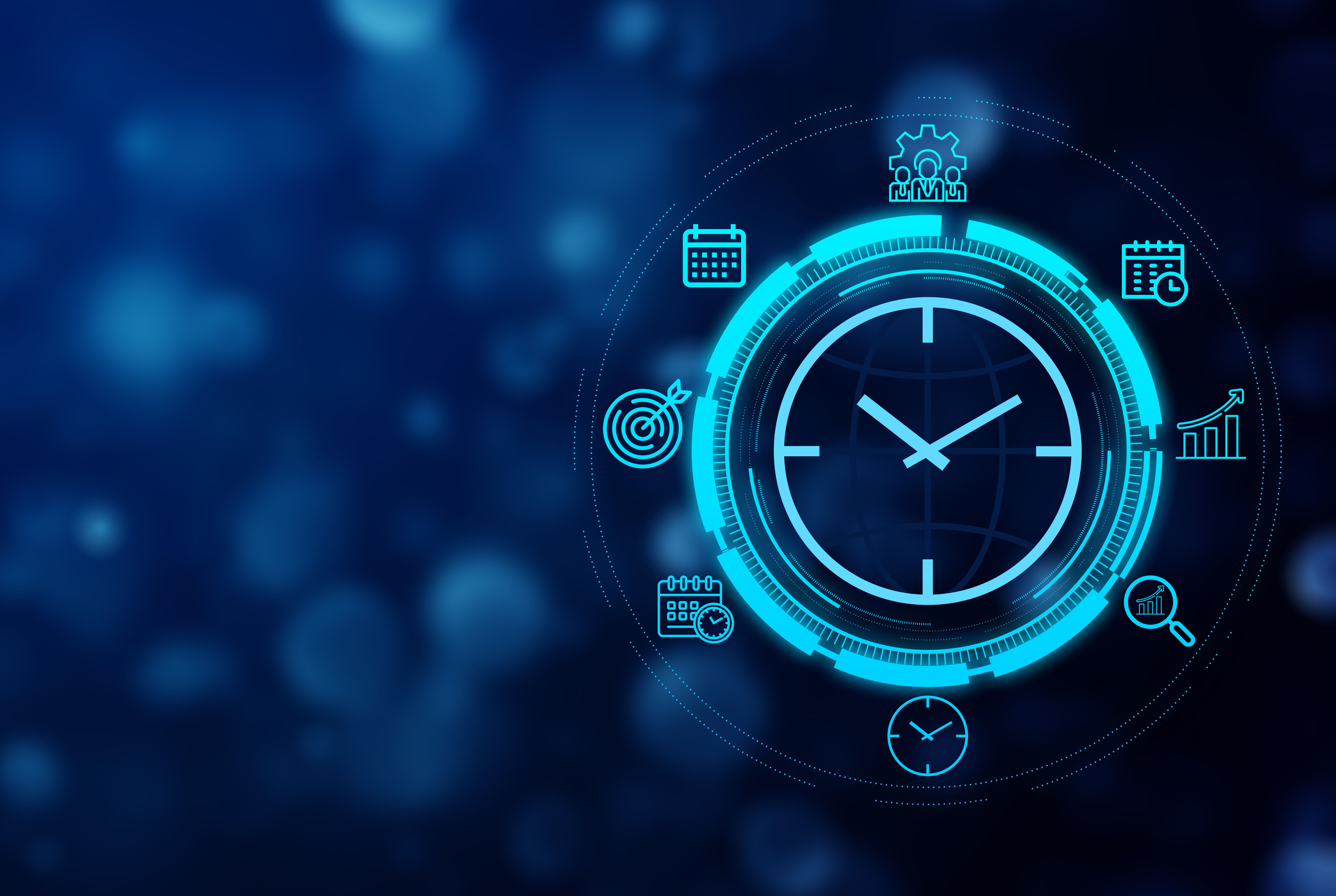Are Work-Life Balance Apps Truly Effective?
Understanding Work-Life Balance Apps
In today's fast-paced world, striking a balance between professional and personal life can be challenging. Work-life balance apps claim to offer solutions for better time management, reduced stress, and improved productivity. But are these apps truly effective in achieving these goals? Let's delve deeper into their functionality and assess their impact.
These apps typically offer features such as task scheduling, reminders, goal setting, and mindfulness exercises. By centralizing these functions, they aim to provide users with a comprehensive toolkit to manage their daily routines more efficiently. However, the effectiveness of these apps can vary significantly depending on individual needs and usage habits.

Benefits Offered by Work-Life Balance Apps
One of the primary advantages of work-life balance apps is their ability to help users organize their time better. By offering tools like calendars, to-do lists, and deadline reminders, they enable individuals to plan their tasks effectively, which can lead to more structured workdays and free up personal time.
Additionally, many of these apps include features designed to promote mental well-being. Mindfulness exercises, breathing techniques, and stress management tips are often integrated into the app experience. These resources can be beneficial in helping users reduce anxiety and improve focus, contributing to a healthier work-life balance.

The Challenges of Relying on Apps
Despite their benefits, work-life balance apps are not without challenges. One common issue is the risk of becoming overly reliant on technology to manage one's life. This dependency can lead to burnout if users feel pressured to constantly engage with the app to maintain their balance.
Moreover, not all features may be relevant or useful for every user. Some individuals might find themselves overwhelmed by the sheer number of options available, leading to decision fatigue rather than clarity. It's crucial for users to assess their specific needs and select features that genuinely enhance their productivity and well-being.

How to Choose the Right App
To maximize the effectiveness of work-life balance apps, users should carefully evaluate which app aligns best with their personal and professional goals. Considerations such as user interface, customization options, and specific features should be taken into account before making a choice.
Reading reviews and seeking recommendations can also provide valuable insights into an app's performance and user satisfaction. Trying out free versions or trials can help determine if the app meets one's expectations before committing to a purchase or subscription.
Integrating Apps Into Daily Life
Once the right app is chosen, it's essential to integrate it seamlessly into daily routines. Setting realistic goals and scheduling regular check-ins with the app can help maintain consistency without overwhelming the user. It's also beneficial to periodically review and adjust the settings and features used as needs evolve over time.
Ultimately, while work-life balance apps offer valuable tools for managing time and well-being, their effectiveness largely depends on how they are used. By thoughtfully incorporating them into one's lifestyle, users can reap the benefits without falling into the trap of over-reliance.
